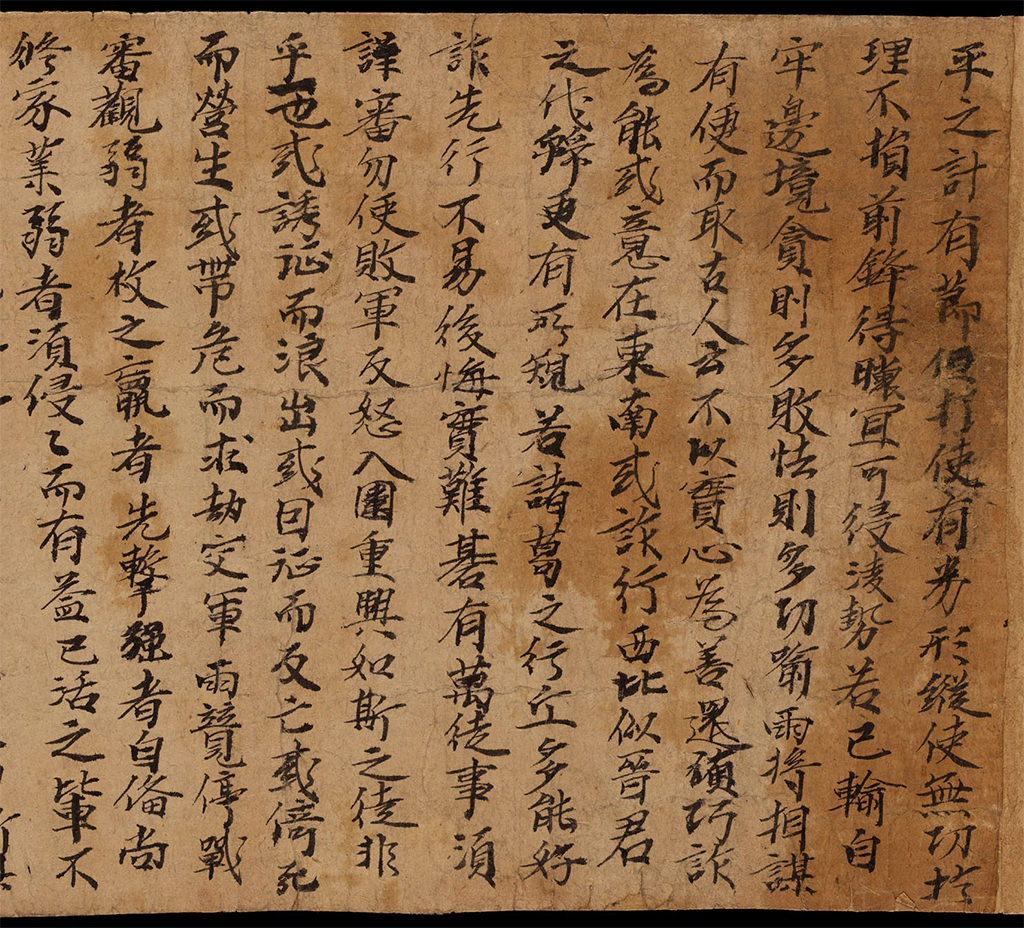Wade-Giles and Pinyin Romanizations of Chinese Characters
From: SichuanSee more Tidbits

Wade-Giles and Pinyin Romanizations of Chinese Characters
The Wade-Giles system of romanizing the modern Chinese written language was originally devised to simplify Chinese-language characters for the Western world. Initiated by Sir Thomas Francis Wade, the system was modified by the University of Cambridge professor Herbert Allen Giles in his Chinese-English Dictionary (1912). With Giles’s syllabic changes, Wade-Giles became the preferred Chinese transliteration system among both academics and nonspecialists in English-speaking countries and was interpreted into Danish, Finnish, German, Italian, Norwegian, Spanish, Swedish, and Turkish. In 1979 Wade-Giles was officially replaced by the clearer Pinyin system. Wade-Giles continued to be used on the island of Taiwan, although a modified system that was orthographically somewhat between Pinyin and Wade-Giles has been in limited use there since about 2000.
The Pinyin system is based on the pronunciation of the Beijing dialect of Mandarin Chinese. The gradual acceptance of Pinyin as the official transcription used in the People’s Republic of China signalled a commitment to promote the use of the Beijing dialect as the national standard, to standardize pronunciation across areas that speak different dialects, and to end the confusion in romanizing and alphabetizing Chinese characters.
